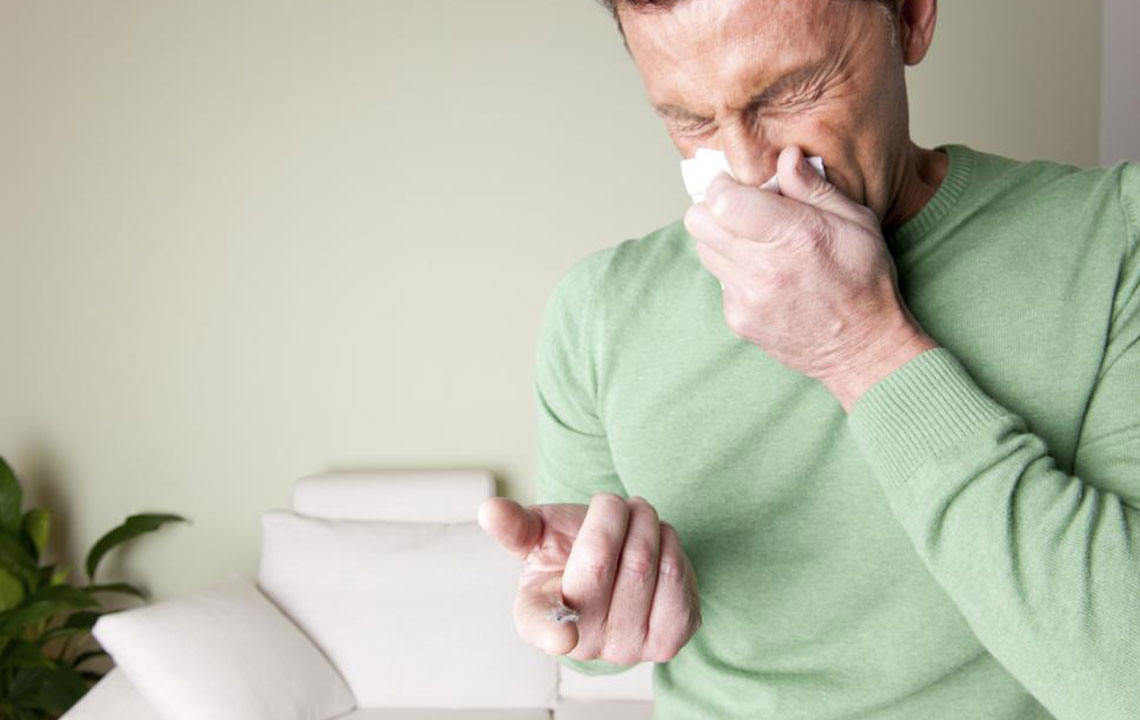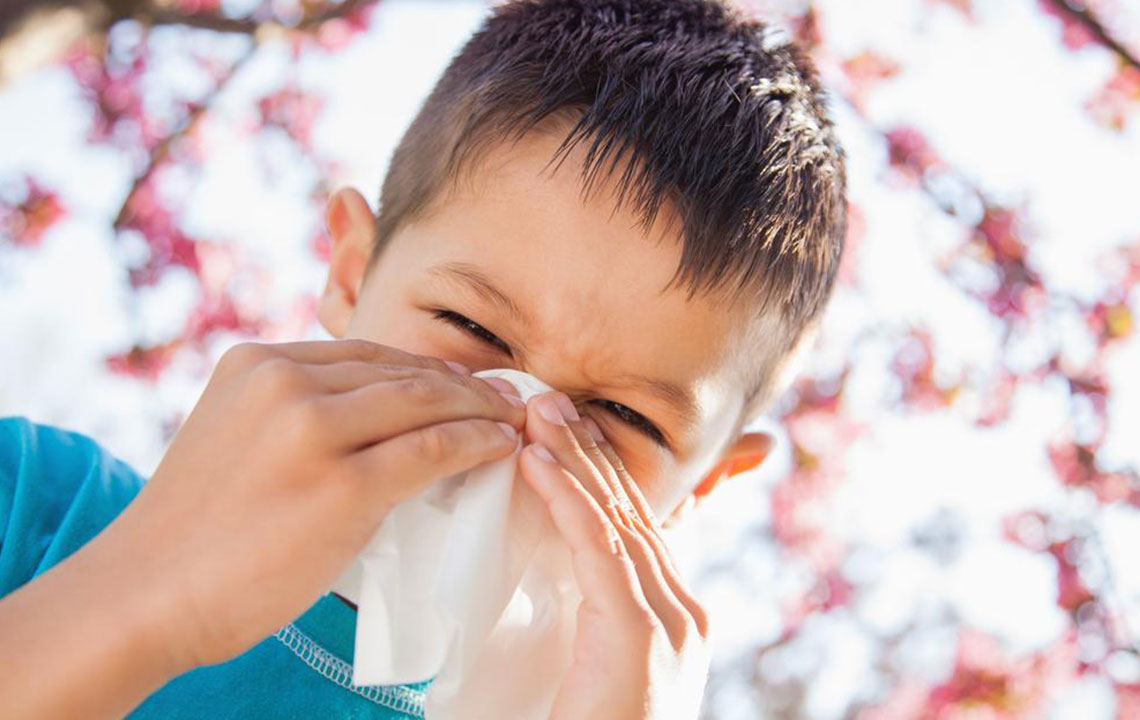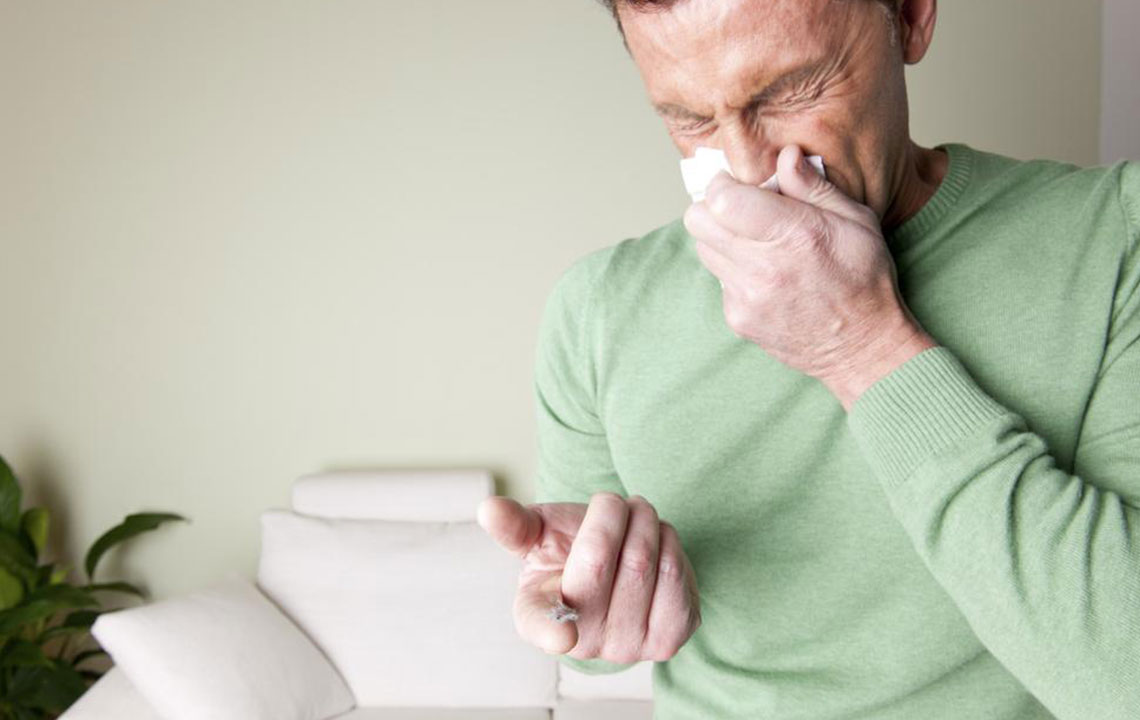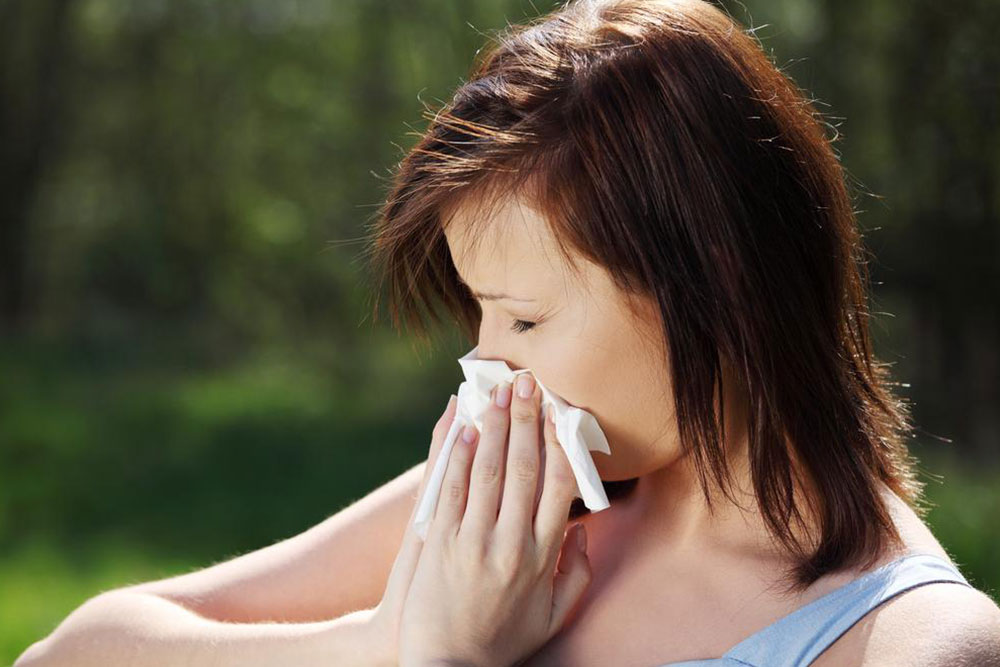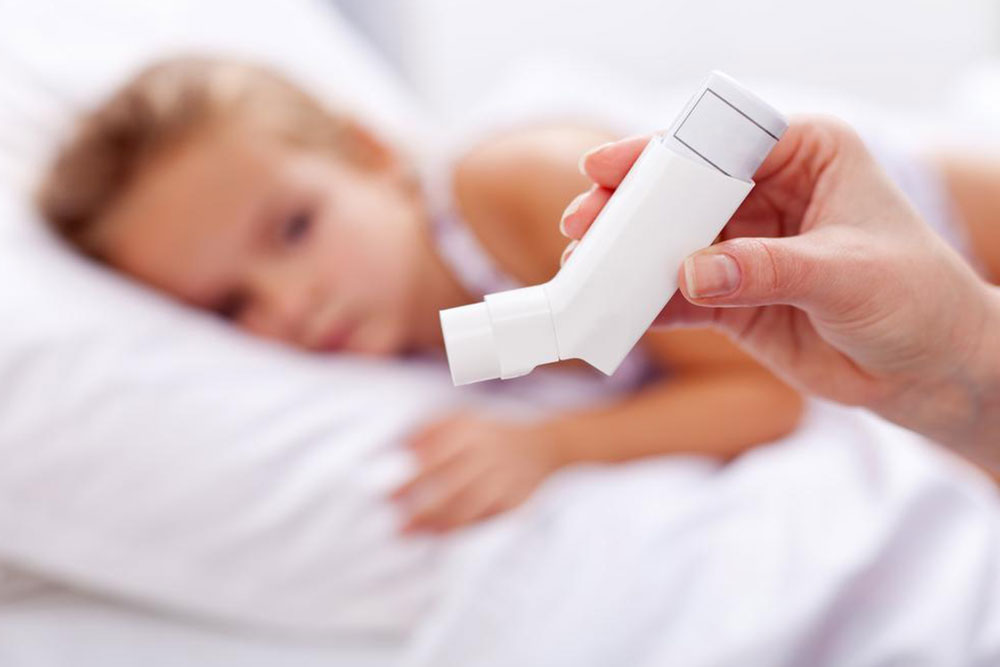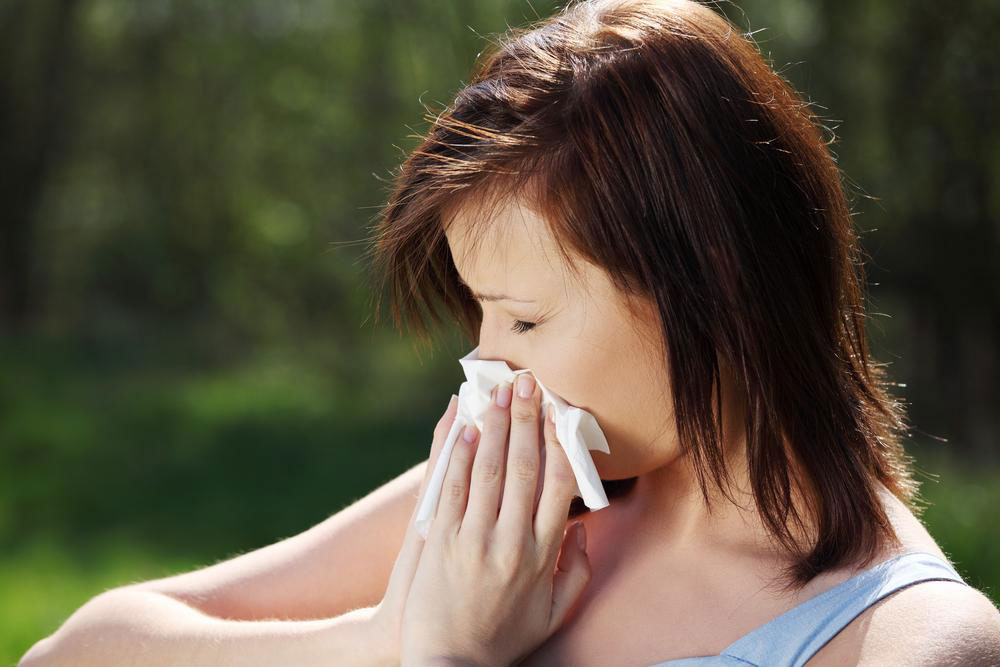Understanding Mold Allergies: Causes, Symptoms, and Prevention
Learn about mold allergies, including their causes, symptoms, and effective prevention methods. Discover how to identify mold sources, manage symptoms with medical help, and create a mold-free home environment. This guide highlights essential tips for reducing mold exposure and protecting your health from allergic reactions caused by mold spores.

Understanding Mold Allergies: Causes, Symptoms, and Prevention
Mold can grow virtually anywhere, from dried leaves and logs to areas around your home such as kitchens and bathrooms. These moisture-rich environments foster mold development. Many mold species are microscopic and invisible to the naked eye, yet when airborne, they can trigger allergic reactions in sensitive individuals. Approximately 1,000 mold types are present in the US alone, with varying effects depending on the person.
Signs of Mold Allergies:
Common symptoms resemble those of other respiratory allergies, making diagnosis challenging. Typical indicators include:
Nasal congestion and runny nose
Frequent sneezing and coughing
Throat itchiness
Wheezing
Eye irritation
For some, breathing difficulties are also evident.Managing Mold Allergies:
If you suspect a mold allergy, seek consultation from an allergist promptly. Diagnostic tests like skin prick or blood tests can confirm the allergy. Once confirmed, identify and eliminate the mold sources by monitoring symptoms over two weeks, considering both indoor and outdoor exposures.
Physicians may recommend antihistamines or decongestants to ease symptoms. Wearing a mask during mold exposure and thoroughly cleaning mold residues at home are essential preventive steps. Preemptive medication might also be advised prior to expected exposures.
Home Mold Prevention Tips:
Reduce mold growth with these measures:
Fix leaks and spills immediately to prevent dampness
Use exhaust fans or dehumidifiers to control moisture levels
Ventilate spaces by opening windows when possible
Regularly clean refrigerator drip pans, trash areas, and water in flower vases
Maintain clear drainage systems away from your living space
Consistent application of these practices can significantly limit mold development.Note:
Our blog offers diverse insights and practical information, based on thorough research. While helpful, the articles are for informational purposes and should not replace professional medical advice. The site disclaims responsibility for data discrepancies or omissions. Always consult healthcare providers for diagnosis and treatment of allergies.

